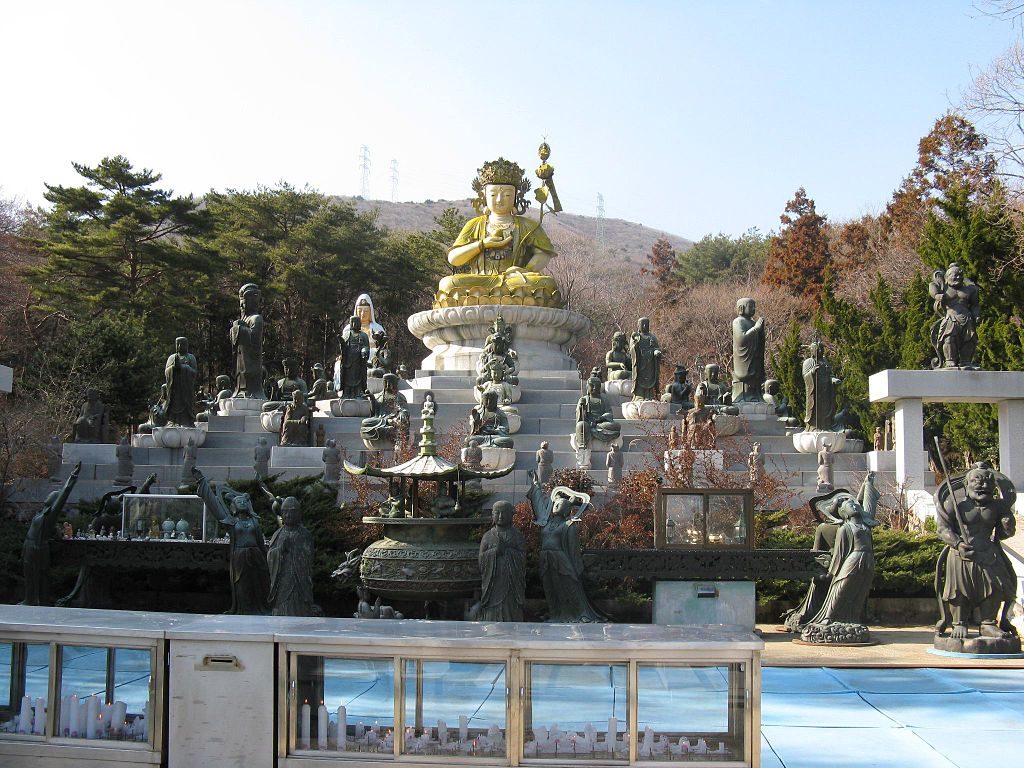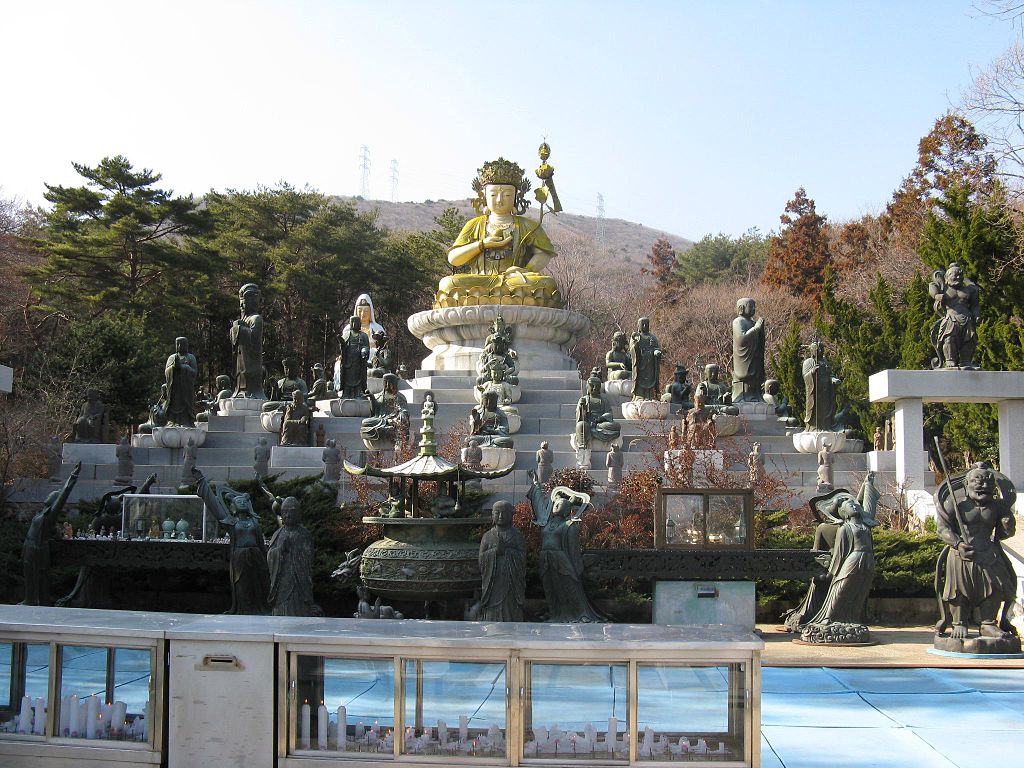The Beomeosa is the head temple of the Jogye Order of Buddhism in Korea and is among one of the country’s most well-known religious locations. Perched on the slopes of the Geumjeongsan Mountain, it’s a place of peace and tranquillity – one which is well worth a visit if you’re ever in the area.

How to Visit
The easiest way to get to the temple is via train. Accessing the subway shouldn’t be too much of a hassle if you’re staying at a hotel or at one of the serviced apartments Busan has to offer, such as the Citadines Haeundae Busan. Once you get off at the Beomosa Temple subway station, you can walk the rest of the way up to the temple.
Temple History
The Beomeosa Temple was first established in 678 under the decree of King Munmu, and it stood strong for a number of centuries. This changed when during the Japanese invasions that took place during the latter half of the 16th century – the invaders nearly reduce the temple to ashes. However, several notable Buddhist monks lead the renovation of the temple during the early decades of the 17th century – ultimately restoring the Beomeosa to its former glory.
The Landscape
Visiting the Beomeosa temple can be quite the treat, not only because of what the temple itself has to offer but because of the scenic landscape that surrounds it. In fact, the Geumjeongsan Mountain is known for its “Three extraordinary sites”. These include the rock peak behind the hermitage, a giant rock formation that resembles a chicken, and the legendary golden well that lies at the very peak of the mountain.
The Temple Treasures
Now, of course, there’s plenty to see at the temple grounds too. For starters, you’ll run into the magnificent Il Ju Mun, the impressive gate that leads to the temple which is meant to represent the boundary between the mundane world and the spiritual. Within the temple you’ll find an array of brilliant bronze statues that depict Buddhist monks – these all surround a magnificent Buddha statue that lies in the centre.
